Fasca technique
Choose between a prone or standing position and hold on to your sacrum/lumbar area.
- Lengthwise friction: Slide with your fingers parallel to your spine downward towards your sitting bones.
- Skin fold techinque: Lift up the skin at the sacroiliac are and move the skin fold with your fingers downward. In case the skin doesn't lift up easily shift in circular motion the upper skin in relation to the skin layer below.
Effect
The torso/loin fascia is extremely thick and strong. All leverage forces of the torso are re-distributed from there. When the fascia fibers glue together it can lead to a great deal of pain. This technique re-positions the fibers of the fascia in a way that promotes the natural gliding ability of the fascia layers.
Pelvic Bounces
In supine position place your hands next to your pelvis and pull your feet close. Now lift your pelvis nice and easy off the floor and let it drop back passivly. Repeat the lift and passive fall with quick succession while allowing your pelvis to bounce back and forth on the floor a little bit.
Effect
The sacroiliac joint (SI) has very little play. Blocked by either glued together facia fibers or muscular tennsion, it will cause severe discomfort. This exercise loosens the joint and promotes it's natural elasticity. It immediately leads to improvement with acute blockage. With a chronically hardened SI joint it takes longer for the elasticity to come back.
Little Package
Starting at the same position wrap your left thigh around your right thigh. Depending on your flexibility you can hook your left foot behind your right thigh if you want to. Now pull both knees towards you. Enjoy the Stretch on the back side of your pelvis for a few calm breaths
Effect
The Facia fibers runnig over the SI joint are very stabel limiting the bounce in the joint itself. Further the M. Piriformis (pear shaped muscle) tends to cramp up and completely takes away the bonce. This exercise Stretches both. In order to give the muscle enough time to relax, stay in this position longer. Only than the pull reaches the Facia and can have an effect to poromte softness.
Crocodile
Start from the same position, lift your pelvis off the floor and shift it to the left. Let your legs tilt to the right until your left knee touches the floor. Place your right hand onto the top knee. Extend the left arm diagonally. The left shoulder does not necessarily have to touch the floor.
Breath calmly and relax. Observe how the stretch starts at the top and moves down all the way to the sacroiliac joint (SI)
Effect
The rotation is one of the most effective motions to loosen up a blocked Sacroilacral joint SI.
Attention: This exercise is not approprate for an inflamed or hyper-flexible Sacroilacral joint (SI).
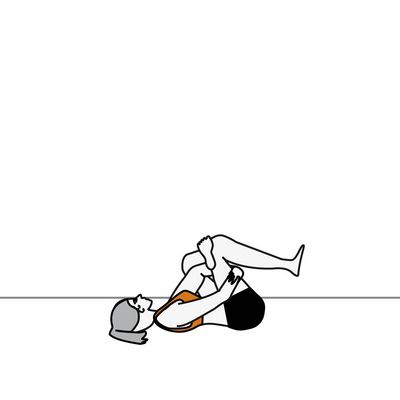
Needle Eye
Continuing in a suppine position put your right foot on your mat and place the left ankle over your right knee.
Now hug your right thigh towards you with your arms. If you like birng your left thigh in an outward roatation with your left elbow by pushing it away from you. Relax in this position and enjoy th stretch around your hip and pelvic area by stayin in this pose for a little longer.
Effect
Because of the reverse effect this exercise Stretches the M. Piriformis (pear shaped muscle) at the back side of the Sacroiliac joint (SI). The M. Piriformis belongs to the few stabilazing and controlling muscles of the sacroiliac joint (SI). A healthy and relaxed M. Piriformis is an important step to a healthy Sacroiliac joint (SI).
Other side
Next repeat the entire sequence on the other side, starting with pelvic bounces
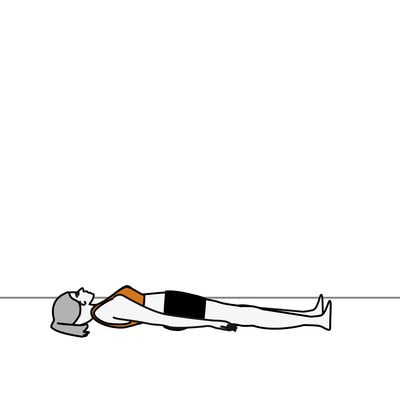
Shavasana
Lay down on your back and relax.
Effect
Especially the pelvic muscles (mostly M. Piriformis) easily cramp up in stressful situations. The relaxiation helps them to let go.

Angelika Knoerzer
at 07.08.2019
Julian Goldstein
at 27.06.2019Hallo Ronald, hallo liebes AYI-TEAN
danke für die tolle Übungssequenz, da ich mich weitergehend mit den zusammenhängen zwischen Psyche und Körper beschäftige, suche ich derweil tiefergehend nach Begründung warum gerade der M. Piriformis sich bei Stress verkrampft. Liegen im Beckenbereich muskuläre Rezeptoren für Glucocorticoide, oder woher kommt diese Spezifizität der Anspannung beim Stress im Beckenbereich? Lese mich auch gerne in wissenschaftliche Paper ein, und/oder nehme weiterführende Literatur in diesem bereich gerne entgegen.
Viele Liebe Grüße
Julian Hallo Ronald, hallo liebes AYI-TEAN
danke für die tolle Übungssequenz, da ich mich weitergehend mit den zusammenhängen zwischen Psyche und Körper beschäftige, suche ich derweil tiefergehend nach Begründung warum gerade der M. Piriformis sich bei Stress verkrampft. Liegen im Beckenbereich muskuläre Rezeptoren für Glucocorticoide, oder woher kommt diese Spezifizität der Anspannung beim Stress im Beckenbereich? Lese mich auch gerne in wissenschaftliche Paper ein, und/oder nehme weiterführende Literatur in diesem bereich gerne entgegen.
Viele Liebe Grüße
JulianHallo Julia,
wie schön von Dir zu lesen.
Der M. Piriformis ist einfach Teil eines uralten Schutz-Reflexes. Du siehst ihn bei jedem Tier das Erschrickt.
- Also ein Reflex, keine Hormone - Hormone wären zu langsam.
Ich hoffe das hilft Dir weiter.
Viel Freude beim Üben wünscht Dir
Ronald Hallo Julia,
wie schön von Dir zu lesen.
Der M. Piriformis ist einfach Teil eines uralten Schutz-Reflexes. Du siehst ihn bei jedem Tier das Erschrickt.
- Also ein Reflex, keine Hormone - Hormone wären zu langsam.
Ich hoffe das hilft Dir weiter.
Viel Freude beim Üben wünscht Dir
Ronald

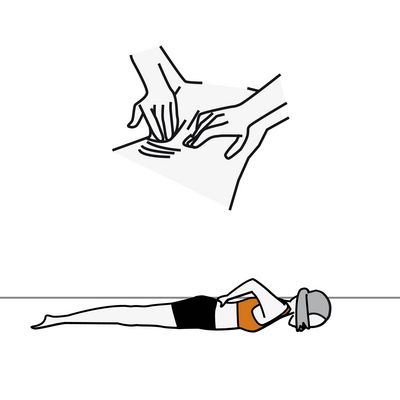
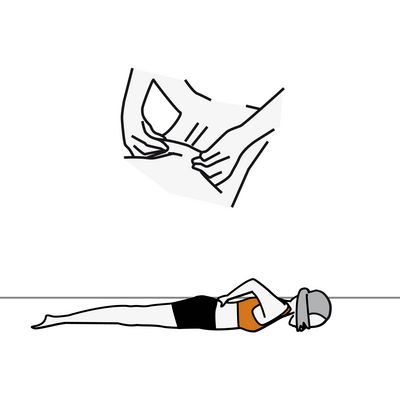
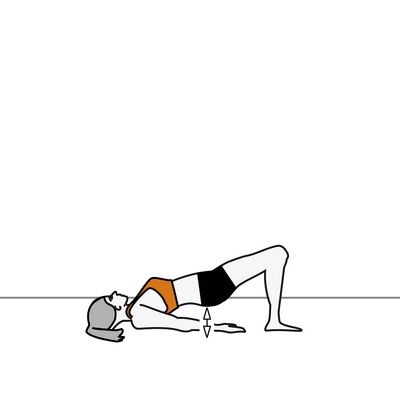

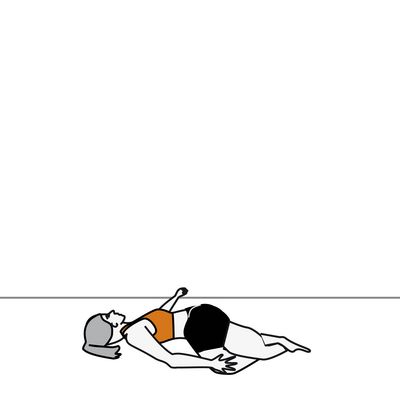

Messages and ratings